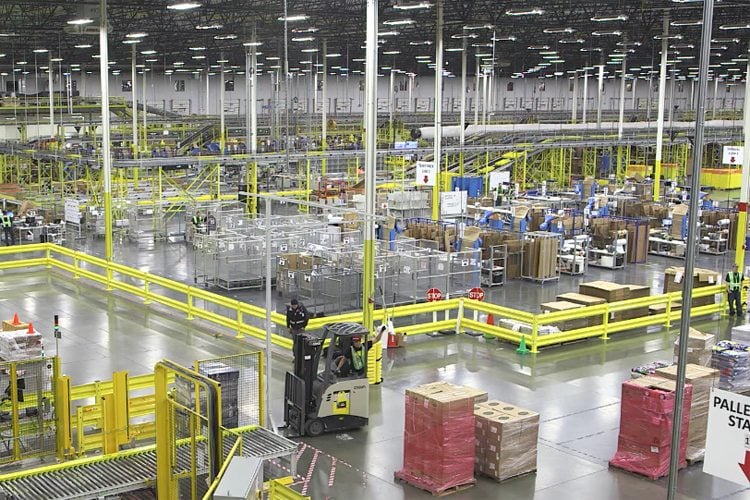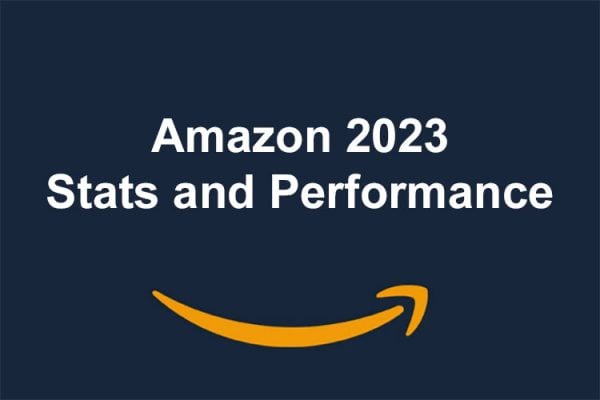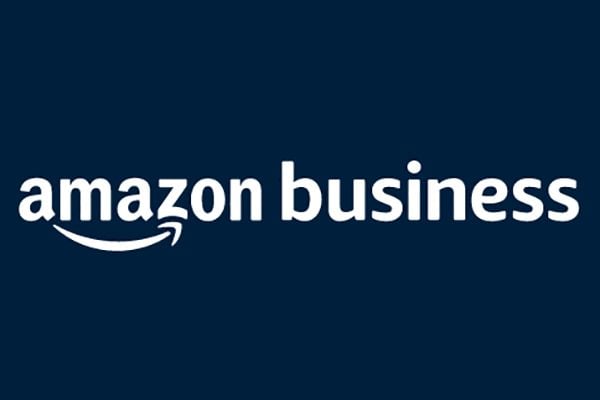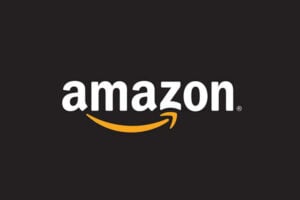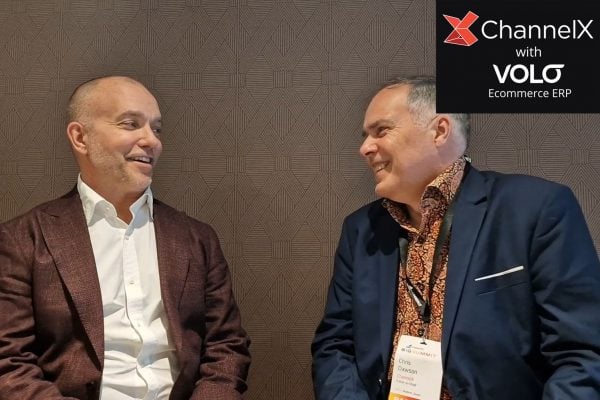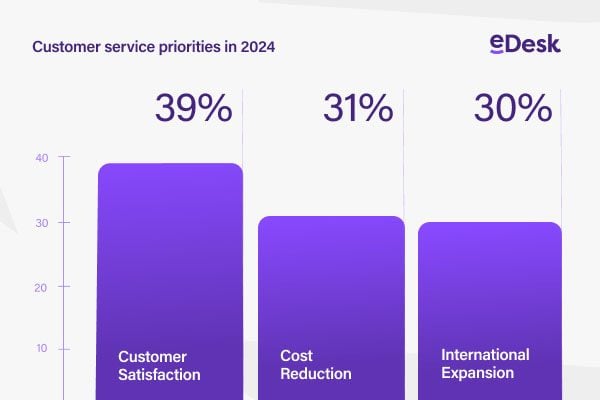Yoni Mazor is the COO & Co-Founder of GETIDA. He began developing GETIDA after successfully operating a $20 million yearly Amazon FBA business, selling fashion brands internationally. GETIDA analyses your data, reconciles your inventory and then a case managers file claims for maximum FBA fee reimbursements on your behalf putting cash back into your business and boosting your top line profits. In this guest post today, Yoni takes a look at the costs of Amazon FBA that you’ll incur when running an FBA business.
You could be missing out on 1% to 3% of your annual FBA revenue in fees that you could reclaim if you only they knew about them so sign up today to reserve your place in the webinar.
The Costs of Amazon FBA
Utilizing Amazon’s fulfillment services is a great way to scale your Amazon business and boost revenue. However, a prudent Amazon seller must be aware of the potential costs associated with opting into the Fulfillment By Amazon (FBA) services that Amazon extends to third-party Amazon sellers.
This article will briefly focus on the main costs associated with FBA that every Amazon seller should be aware of. But first, we will take a moment to reflect on the two main options that are logistically available for Amazon sellers.
- The first is Fulfilled By Merchant (FBM) option in which the Amazon seller is solely responsible for storing and shipping (fulfilling) all the Amazon orders that are received on the platform.
- The second option is FBA in which the inventory of Amazon sellers can be shipped to the FBA centers to be stored and fulfilled once the Amazon Seller Central orders are received.
Plus you also have the option to allow the FBA services to fulfill orders that are received on other ecommerce channels such as eBay, Shopify, BigCommerce, and the like. Hence FBA effectively enables ecommerce sellers to use the scale and might of Amazon’s infrastructure to their own benefit. Thus reducing the need for sellers to focus on ecommerce logistics, and focusing more on sales, marketing, innovating, and staying ahead of the competition.
Once an Amazon seller chooses to opt into the FBA option when selling on Amazon, the first step is to prepare your inventory to be shipped to the FBA centers. Thus, you will create an FBA inbound shipment. During this process, you will need to label each and every unit with a special label (dubbed FNSKU label) that is generated on Amazon Seller Central and report to Amazon exactly how many units are being shipped in each and every box or pallet. Once your units are all labelled and packaged, you will need to pay a transportation fee to ship all the units to the FBA center. The costs of the FBA inbound shipments can vary between sellers.
Therefore, it is important to calculate the exact cost per unit that is associated with preparing and shipping your products to FBA. Once you calculate the cost per unit, add these costs to the costs of your FBA inventory. For example, if your original production cost of a unit is £2.00, and shipping it to FBA added another £1.00, your new inventory cost per unit is now £3.00. This cost adding method will greatly help you calculate your overall business costs and properly track and monitor profitability over time.
Now that your inventory has reached the FBA centers further costs to consider are FBA storage fees, FBA pick and pack fees (essentially fulfillment fees), FBA return fees, FBA restocking fees, and FBA manual processing fees. All these types of fees tend to add up and greatly affect the profit margins of an Amazon seller. Thus knowing exactly how much you are paying for each type of FBA fees, and being able to take action to reduce the myriad of fees, will greatly help you boost your Amazon profit margins, and propel with strength into many years of stable growth and profitability on the most important ecommerce platform in the world that is Amazon.
